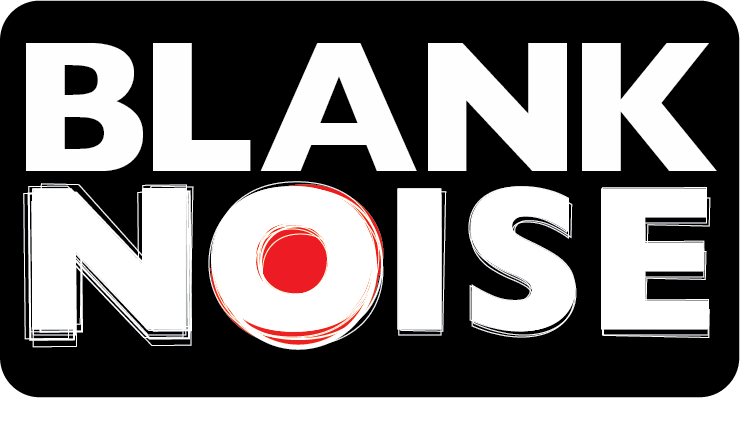For lesbian, gay, bisexual and transgender persons in India, shame, guilt and self
blame, (and in some cases self–loathing) are often part of the first encounter
with their gender identity and sexual orientation. This personal discomfort and
low self worth is often mirrored and reinforced by family, friends, popular
culture, societal norms, and the law, and exacerbated by the feeling of being
different, out of place, the joker in the pack, and the circus exhibit. For those who
are lucky to have supportive family, liberal peer groups, exposure to support
groups, or LGBT communities, the feeling of guilt is gradually replaced with that
of pride, pride in being different.
Coming to terms with one’s sexuality and the norms and practices of one’s
community is a life long project. Part of this process is to recognize and deal with
the phenomenon of victim-blame. I.e. the impulse to blame oneself, or someone
from one’s own “community” for being at the receiving end, violence or stigma. If
we are not careful, this then becomes an easy narrative, hiding more structural
problems of discrimination.
Recently, I was advising a university student on a violent attack he faced in his
university campus. The student had met an attractive young man on campus, and
they had exchanged numbers. This person had called him late in the night.
Excited by the thought, the student went out to meet him. When he reached the
designated spot he found two men in a car. They asked him to get in. He got in
the car, and they drove around for a while, all the time chatting with him. At
some point they stopped the car, and thrashed him mercilessly, abused him
verbally, and threw him out of the car.
While listening to the student’s narrative, even someone like me, no stranger to
encounters of this kind, was quick to question the students motive in getting into
the car. “Why did he get into the car when there were two people? He should
have realized there was suspicious on the phone itself.” I wondered to myself.
Even while I was repelled by the act of violence, I struggled with locating blame,
instead trying to figure out what a reasonable person would do in his
circumstances, and apportioning some amount of blame to the person who was
the victim of violence.
Thinking about this later, I was surprised at how easy it was to question the
actions of the victim/survivor of violence. Why was he dressed the way he was?
Why was she out so late at night? Why were they not more careful? Why was he
looking for sex in a public place in the first place? What was she thinking?
Perhaps, this is part of our own conditioning, our human reflex to assign an
incident in a scale of reasonableness. Unfortunately, this reasonableness turns
out to be nothing but a veneer hiding transphobia, prejudice and stereotypes.
The reasonable man forms the standard on which the law operates too. What
would a reasonable man do in this circumstance? How would he act? How does
this specific instance compare to how a reasonable man may behave? What this
does not account for is that people don’t fit the model of the reasonable man.
They come up short, overstretch, extend, reinvent, and remodel themselves in
ways that we cannot match with the archetypal reasonable man. In a spectrum of
LGBTQHI, it is the reasonable man who seems out of place. When placed against
this illusionary standard, most of us would come up short.
It’s no surprise then that the law that criminalized sex between adults of the
same sex in India, section 377 of the Indian Penal Code, does not take into the
element of consent. The moral opprobrium for non- procreative sex that forms
the basis of this law overshadows the possibility of people choosing to have
unconventional sex. The unconventional slips into easily into being ‘unnatural’,
not sanctioned by biology, tradition or religion. The range of human sexual
experience is boxed into heterosexual peno-vaginal sex, and consensual sexual
sex between adults is framed as a crime against societal norms.
The discrepancy between the law and lived sexual experience is stark given that
popular culture and mainstream media and high art have brought us firmly into
the realm of sexual and gender diverse narratives, characters and visualization.
To begin to take this diversity seriously, the first step is to be able to empathise
with other people’s circumstances and actions, however strange they may seem
to us. People’s sexual habits, acts and identities differ wildly, from the missionary
to experimental, extremely private to public, commercial to philanthropic
(remember the last time you’ve had mercy sex!), unhappily married to happily
couple swinging, vanilla to fifty shades of grey. The trick is to be able to go
beyond what we think is normal, or correct, or reasonable, to recognizing a
violent non-consensual act, and acts of prejudice and hatred. To be able to do
this, the first step is to move beyond victim blame.
Siddharth Narrain is a lawyer and research associate with Sarai-The Center for the Study of Developing Societies (CSDS), Delhi. He has worked previously with The Alternative Law Forum (ALF), Bangalore, and as a journalist with The Hindu Group of Publications, New Delhi.















